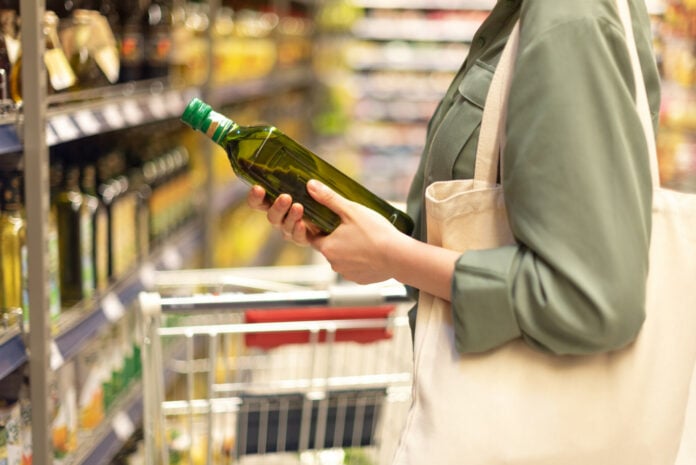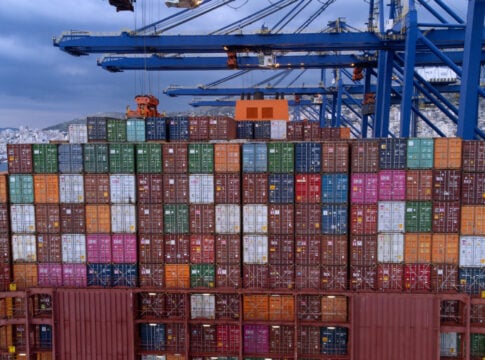The second highest food inflation in Europe, at least based on the list of countries that have already published the relevant data, was recorded in Greece in February. While the harmonized index remained unchanged at 3.2%, the index that includes food items registered an increase of 5.8%.
However, the lower increase in food prices – a change of 7.6% in December and 7.1% in January – is a sign in the right direction, but it is not a cause for celebration.
Olive oil will once again be the “champion” in February. In a survey, Eurostat highlighted Greece in the top positions in Europe in terms of the increasing rate of the specific product. The 67% recorded in Greece was the second highest after Portugal’s 69%, followed by Spain in third place with 63%. The average for the eurozone was 50%.
The harmonized price index for February was set in Greece at 3.2%, a percentage corresponding to that of January. Greece exceeds the eurozone average of 2.6%, while at the level of core inflation, a change of 3% was recorded in Greece compared to 3.1% in the eurozone.
The food sectoral index recorded an increase of 5.8%, lower compared to the corresponding one in January (7.1%). However, not all countries have yet provided data on the course of food inflation.
So far, Greece has the second highest percentage. The eurozone average currently stands at 4%, with Germany showing an increase of 2.9%, Italy 3.9% and Cyprus 2.3%. At the moment, only Malta shows a higher percentage compared to our country, with food inflation at 5.9%.
The detailed data on the course of inflation in Greece will be published next Friday.














